The global Non-Fungible Tokens (NFT) market is expected to reach USD 7390.8 Million by 2028, up from USD 1553.6 Million in 2021, at a Compound Annual Growth Rate (CAGR) of 24.4% between 2022 and 2028.
Major Growth Drivers For The NFT Market Include:
It is anticipated that the necessity to improve trading market efficiency would move the Non-Fungible Token market forward. The digitization of a physical asset streamlines operations and eliminates intermediaries.
By bypassing any need for agencies and letting artists to communicate directly with their fans, NFTs on the blockchain adequately represent digital/physical works of art.
Additionally, they can help businesses improve their processes.
In addition, the expanding use of NFT in supply chain management, retail, and fashion, as well as the efforts of industry giants to make Metaverse a reality and NFT personalization, would give NFT vendors appealing opportunities.
Factors Affecting Expansion Of Non-Fungible Tokens Market:
Thanks to blockchain technology and NFTs, artists and content developers have a unique potential to monetize their work.
For instance, artists no longer need to sell their work through galleries or auctions.
Instead, the artist can sell it directly to the consumer as a Non-Fungible Token, letting them to retain a bigger percentage of the profit.
In addition, artists can incorporate royalties into their software to receive a portion of sales when their work is transferred to a new owner.
This is a desired feature because the majority of artists do not receive additional proceeds following their initial sale.
Digital art, collectibles, and gaming pieces are a few examples of rare and unique items that can be exchanged.
This factor is anticipated to propel the expansion of the market for Non-Fungible Tokens.
Traditionally, in-game purchases are one-time, nontransferable investments that are restricted to a specific gaming universe.
Using Non-Fungible Tokens in gaming contexts, on the other hand, provides players authority over their in-game assets, as opposed to game developers.
Using blockchain technology, gamers can save in-game purchases, sell them to other players, or transfer them to other compatible games.
Non-fungible tokens are also useful for identity management. Consider the example of actual passports, which are required at all entry and exit points.
It is possible to streamline jurisdictional entry and exit procedures by transforming passports into Non-Fungible Tokens, each with its own unique distinguishing characteristics.
In addition to this application, NFTs can also be employed in the digital environment for identity management. Consequently, the expansion of the market for Non-Fungible Tokens may be facilitated.
In addition, the formation of new markets and investment methods is the most alluring possibility for the Non-Fungible Token market.
Consider a parcel of land that has been subdivided into parts, each with its own set of characteristics and property categories.
Each parcel of land is unique, independently priced, and represented by a Non-Fungible Token that reflects its characteristics.
By associating each Non-Fungible Token with the relevant metadata, the onerous and bureaucratic process of real estate trading can be streamlined.
NFT’s Market Presence
Depending on the region, North America is the biggest market, with a stake of roughly 34 percent, followed by the Asia Pacific and Europe with a stake of about 31 percent and 23 percent.
Depending mainly on the type, art and collectibles are the strongest segments, with a stake of approximately 70 percent.
By enabling the creation, sharing, and acquisition of a wide variety of digital assets, such as visual arts, games, and music, NFTs have initiated a digital revolution.
Learn more:
What Will The NFT Industry Look Like During The Second Half Of The Year?

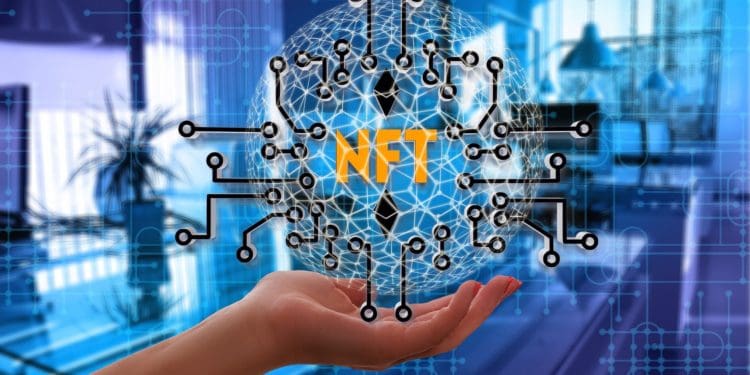



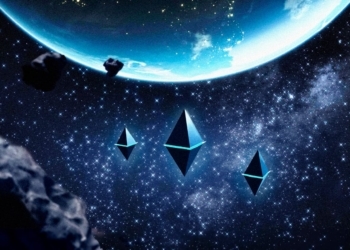
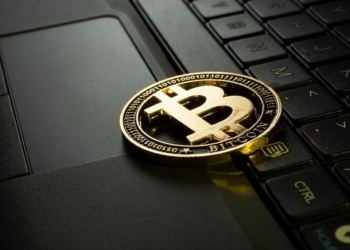

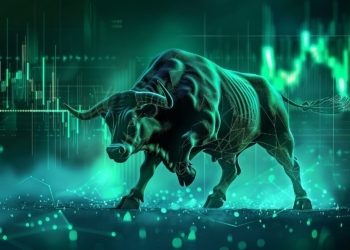


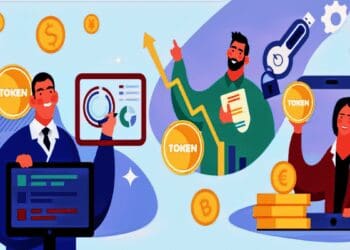

Discussion about this post